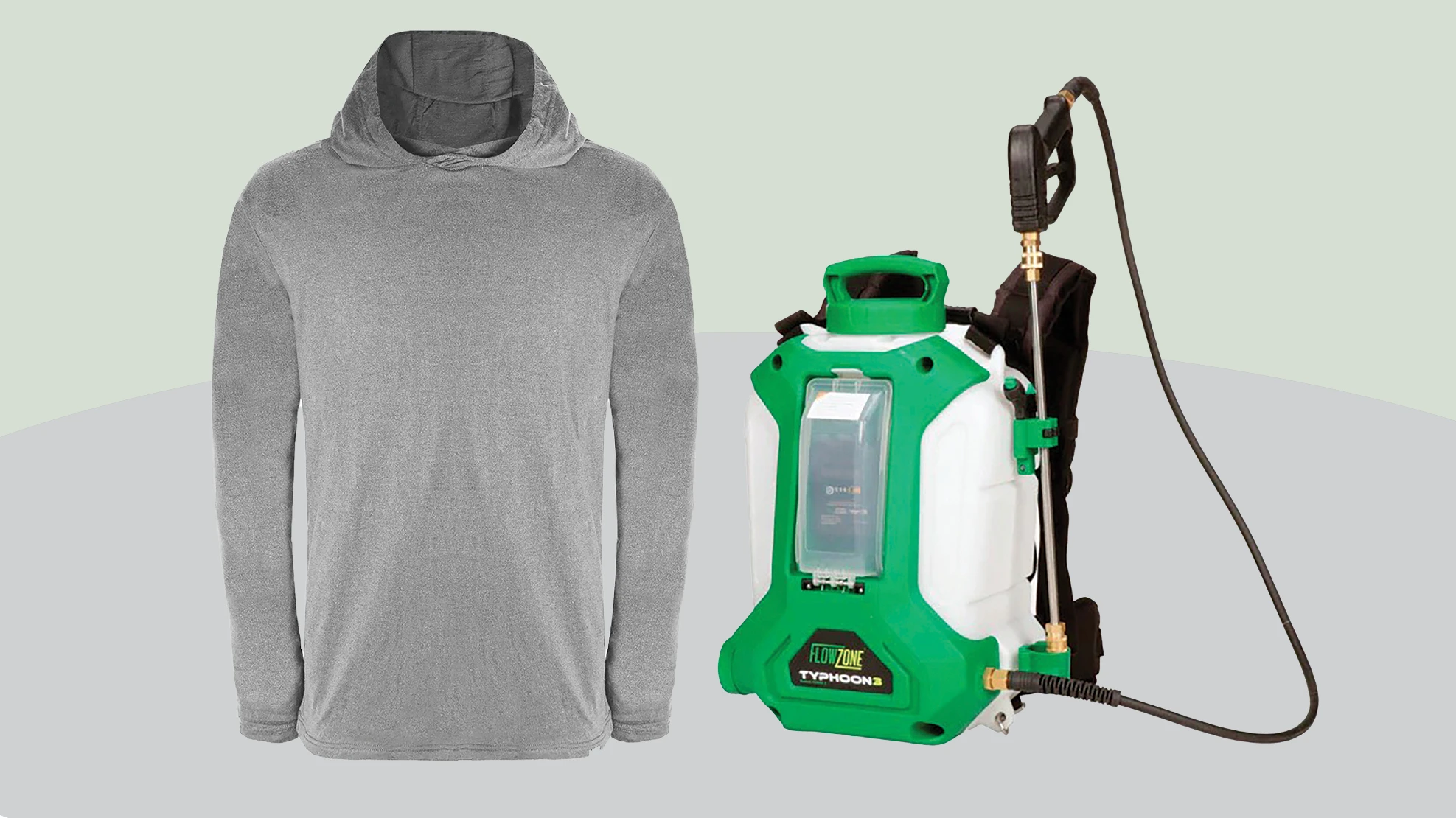|
You can achieve increased productivity, greater uniformity and better economy with a potting machine. These vary from fully manual to fully automatic machines that allow you to put a transplant into a pot at a rate much faster than if you were standing at a work station. For many growers, the installation of a potting machine has resulted doubling the production rate when potting or repotting plants. Why? Most potting machines hold the container, fill it with soil and then drill or punch a hole for the plant. The operator has only the rhythmic job of setting the plans. One or two other people may be needed to replenish the growing mix and remove the plants. Besides an increased production rate, the most frequently mentioned advantage to machine-potted plants is uniformity. Because each container is filled and compressed to the same level, feeding and watering can be the same. If a dibble is used, all the plants will be centered, resulting in even spacing across the growing bench. As with other mechanized production methods, potting machines are more efficient if standardization is practiced. A large run of one size container is better than potting a few hundred of several sizes or types of pots. The time needed to change pot holders and dibble reduces the overall efficiency. Let’s look at how to make the right selection.
Container size adaptability
Potting machine manufacturers consider that if you grow 100,000 flats per year you can afford a potting machine. At this level of production, the payback is generally two to three years.
Portability
At the potting stations, it is important to have operators that are careful about placing the plants or cuttings at the right depth and location in the container.
For the small grower who is handy with tools, a simple potting machine can be built utilizing two 8-foot-long conveyors. Operated with a foot switch, soil is elevated from a hopper on one conveyor and is dropped into the container in front of the potter. Excess soil is collected from the slatted worktable and returned to the hopper via a second conveyor. With labor being about 50 percent of the cost of growing plants, it is important to mechanize as many operations as possible. The potting machine is a very versatile machine that will make the potting operation more efficient.
John Bartok is an agricultural engineer and emeritus extension professor at the University of Connecticut. He is an author, consultant and a certified technical service provider doing greenhouse energy audits for USDA grant programs in New England. Have a question? You can write John at jbartok@rcn.com. |

Explore the May 2012 Issue
Check out more from this issue and find your next story to read.
Latest from Greenhouse Management
- The Growth Industry Episode 3: Across the Pond with Neville Stein
- A nation of gardeners: A history of the British horticulture industry
- How Izel Native Plants is solving the native plant conundrum
- Trends: Proven Winners 2025 perennial survey shows strong demand
- Online registration opens for 2025 Farwest Show
- Cashing in with customization
- The Ball Seed Difference
- Lawsuit challenges new H-2 visa rules

.jpg)










